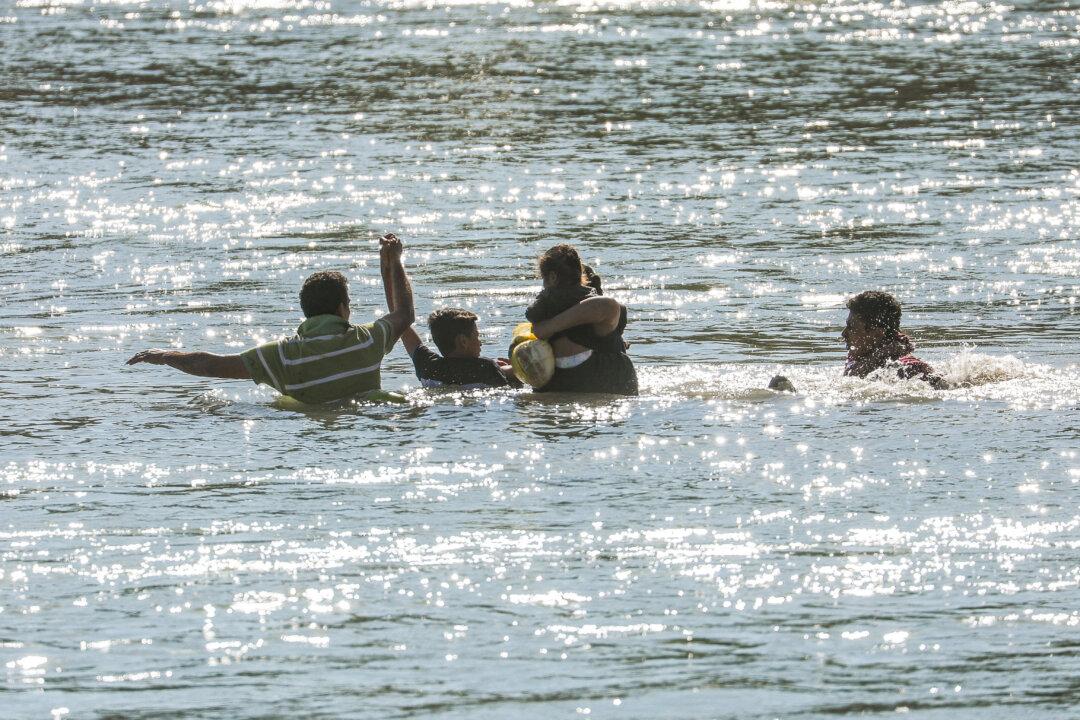PIEDRAS NEGRAS, Mexico—Iris Rodriguez Portillo, 38, said she joined the migrant caravan after hearing about it on social media. She brought her 6-year-old daughter from Honduras.
“I was coming with the original caravan that was going to Tijuana, but the first people that arrived in Tijuana were causing trouble, so I decided to sidetrack and not continue on with the group,” Portillo said on Feb. 15, through a translator. “When this other caravan started coming over here, I joined it.”





